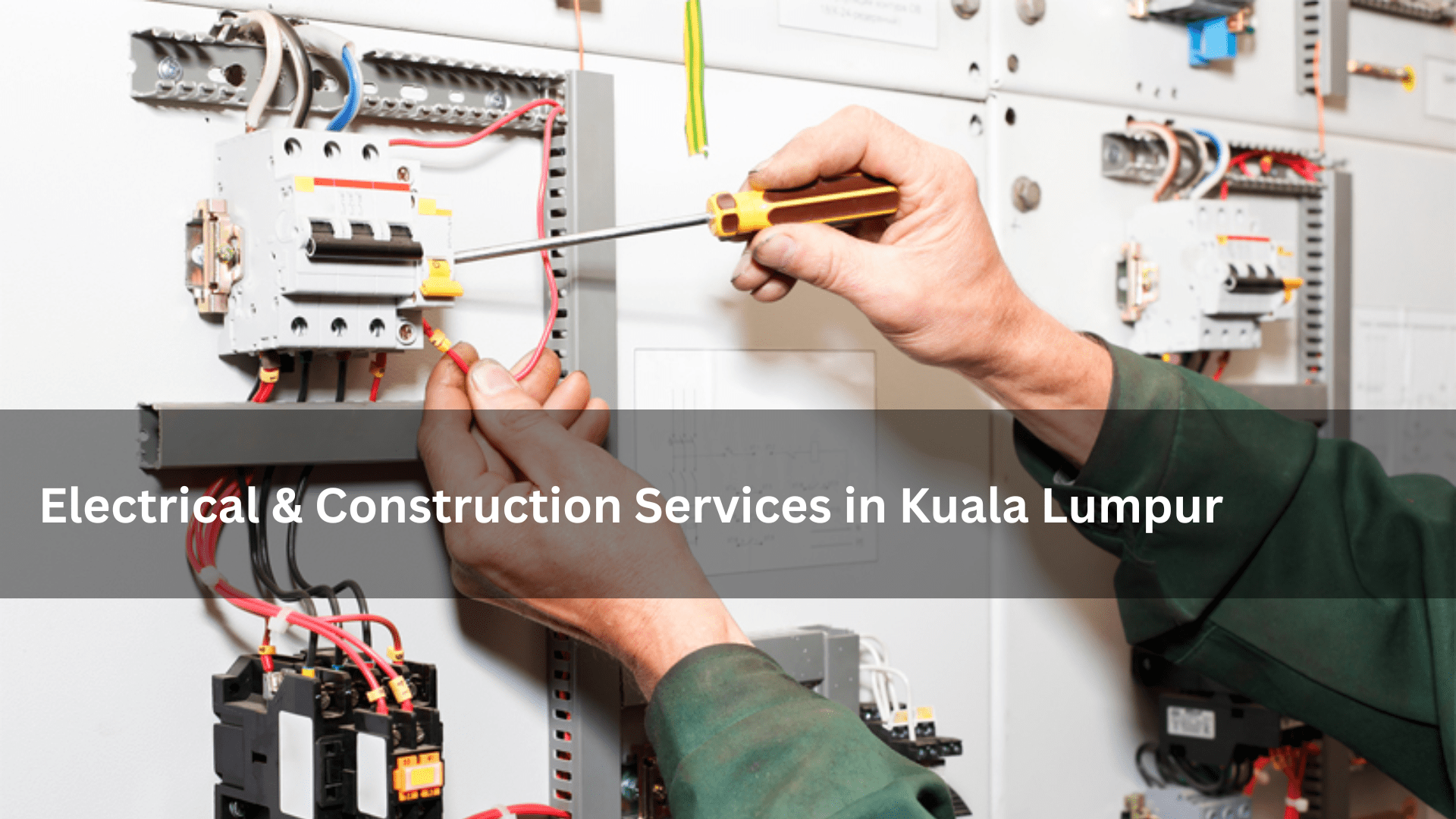What is Die Casting and Why Quality Matters
Die casting is widely used to produce metal components that demand high dimensional accuracy and excellent surface finish. It is ideal for mass production because of its efficiency and cost-effectiveness. However, the process involves high temperatures and complex mold structures, making it prone to internal defects like porosity, shrinkage cavities, cold shuts, and inclusions.
These defects, although often invisible on the surface, can weaken the component’s structural integrity, lead to early failure, or cause performance issues during real-world applications. Especially in safety-critical industries like automotive or aerospace, even the smallest hidden flaw can result in costly recalls or, worse, catastrophic failure.
The Role of Die Casting X-ray Malaysia in Detecting Hidden Flaws
Die Casting X-ray Malaysia: A Non-Destructive Testing Solution
Die casting X-ray Malaysia offers a non-destructive way to inspect metal castings for internal defects without damaging or altering the part. By using high-energy X-rays, the system can penetrate the metal and produce images that reveal the interior structure of the component. Any voids, cracks, or anomalies are clearly visible in the X-ray images, enabling quality control teams to assess the casting’s integrity with precision.
In Malaysia, where the manufacturing industry is a significant contributor to the economy, die casting X-ray inspection has become a standard practice among companies aiming to comply with international quality standards such as ISO 9001, IATF 16949, and AS9100. Adopting Die casting X-ray Malaysia solutions helps manufacturers maintain a competitive edge by ensuring high-quality production.
Why Die Casting X-ray Malaysia is Essential for Quality Assurance
Ensuring Consistency in High-Volume Production
One of the biggest challenges in die casting is maintaining consistency across thousands or even millions of units. Manual inspection is not only time-consuming but also prone to human error. Automated X-ray inspection systems provide consistent, objective, and repeatable results. By incorporating Die casting X-ray Malaysia solutions into the production line, manufacturers can automate defect detection and prevent faulty parts from moving down the supply chain.
Compliance with Industry Standards
Global clients demand products that meet stringent international standards. For Malaysian manufacturers exporting components to regions like Europe or North America, compliance is non-negotiable. Die casting X-ray Malaysia systems provide the traceability and documentation required for third-party audits and customer validation. The data obtained from these inspections can be stored and reviewed for long-term quality control and process improvement.
Reducing Costs Associated with Defects
Identifying defects after final assembly or, worse, after delivery, can lead to significant financial losses. Warranty claims, product recalls, and brand reputation damage are all costly consequences. By integrating Die casting X-ray Malaysia into the early stages of production, manufacturers can catch and correct defects before they escalate, ultimately saving money and preserving client trust.
Improving Process Optimization
Die casting X-ray results provide valuable feedback for process engineers. By analyzing the types and frequency of defects, engineers can fine-tune mold designs, injection parameters, cooling rates, and alloy composition. This feedback loop not only improves the immediate quality of the product but also drives continuous process improvement—a core principle of lean manufacturing and Six Sigma.
Advanced Technologies in Die Casting X-ray Malaysia
Real-Time X-ray Imaging
Modern X-ray systems used in Die casting X-ray Malaysia are capable of real-time imaging, allowing inspectors to observe defects as the part is being scanned. This immediate feedback is invaluable for high-speed production lines, where quick decision-making is crucial.
3D Computed Tomography (CT) Scanning
Some of the most advanced systems go beyond 2D imaging by offering 3D computed tomography (CT) scanning. CT scanning constructs a three-dimensional model of the component, providing an even more detailed view of its internal structure. This is particularly beneficial for complex components with tight tolerance requirements.
Integration with AI and Machine Learning
As Malaysia moves toward Industry 4.0, Die casting X-ray Malaysia systems are increasingly being integrated with artificial intelligence (AI) and machine learning algorithms. These technologies enhance defect detection by learning to identify patterns and anomalies with higher accuracy than traditional image analysis. AI-enabled systems can also predict the likelihood of certain defects based on production parameters, enabling predictive maintenance and smarter decision-making.
Industries in Malaysia Benefiting from Die Casting X-ray
Automotive Manufacturing
Malaysia has a robust automotive sector, with local and international players manufacturing vehicles and components domestically. Die casting X-ray Malaysia is essential in ensuring engine blocks, transmission housings, and safety-critical parts meet safety and performance standards.
Aerospace and Aviation
Aerospace components must meet extremely strict safety regulations. Malaysian companies supplying parts to global aerospace firms rely heavily on Die casting X-ray Malaysia technologies to validate the structural integrity of parts like brackets, housings, and fittings.
Electronics and Consumer Goods
In the fast-paced world of electronics manufacturing, even tiny die-cast components must be flawless. Malaysian electronics manufacturers use X-ray inspection to prevent quality issues in smartphone components, computer parts, and consumer gadgets.
Medical Device Manufacturing
Medical components, such as surgical instruments and device housings, cannot have internal defects. Manufacturers in Malaysia turn to Die casting X-ray Malaysia to ensure compliance with health and safety regulations for both local and international markets.
Choosing the Right Die Casting X-ray Malaysia Partner
When selecting an X-ray inspection service or investing in an in-house system, manufacturers should consider the following:
- Technology Capability: Ensure the provider offers real-time imaging, high-resolution scanning, and 3D CT if required.
- Certifications and Standards: Choose providers certified in ISO 9001 and experienced in your industry’s standards.
- Customization and Integration: Systems should be customizable and easy to integrate with your current production line.
- Training and Support: Opt for partners that provide operator training, software updates, and technical support.
- Technology Capability: Ensure the provider offers real-time imaging, high-resolution scanning, and 3D CT if required.
- Cost Efficiency: Consider long-term ROI over upfront costs. A high-quality X-ray system can pay for itself through defect reduction and improved client satisfaction.
Conclusion: The Future of Quality is Clear with Die Casting X-ray Malaysia
In a rapidly evolving manufacturing landscape, quality assurance is no longer a luxury—it’s a necessity. The ability to detect, analyze, and correct internal defects in die-cast components is crucial to maintaining product reliability, safety, and brand reputation. As more industries in Malaysia strive to meet global benchmarks, the role of Die casting X-ray Malaysia in ensuring quality assurance cannot be overstated.
Investing in advanced X-ray inspection technologies is not just about catching defects; it’s about preventing them, improving processes, and building a culture of excellence. For manufacturers looking to scale operations, secure international contracts, and stay ahead of the competition, embracing Die casting X-ray Malaysia solutions is a strategic move toward long-term success.










